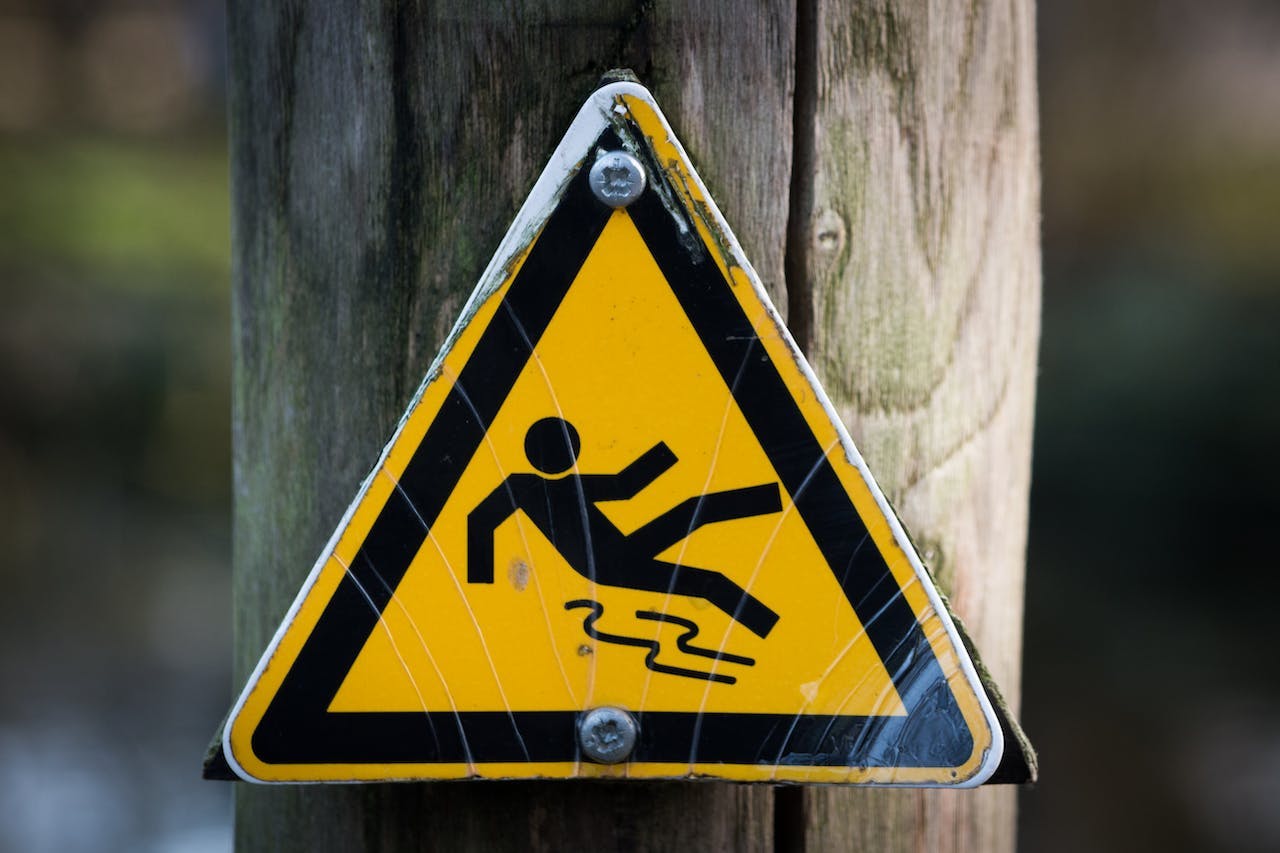Operating at the federal level, the United States Occupational Health and Safety Administration (OSHA) oversees safety compliance in the workplace. This is primarily achieved through a series of industry-specific safety protocols and frameworks. A business that violates or ignores OSHA regulations may face citations, fines, or even legal action.
What is an OSHA Violation?
An OSHA violation refers to any instance where an organization or one of its employees ignores workplace safety hazards. Although OSHA does have a specific classification for intentional violations, ignorance or indifference is still no excuse. A company or individual may still be penalized even if they were unaware that they were at fault and have received an OSHA Notice detailing the specific violations found during an inspection.
An OSHA violation can be assigned through either a post-accident investigation or a routine inspection.
OSHA Violations vs. Citations
Not all OSHA violations are created equal. In some cases, the agency might issue a citation instead of a fine. An OSHA citation is essentially a warning that there is a workplace safety issue that you must resolve.
OSHA citations also define a timeframe for this resolution. If your company does not address the problem by a specific deadline, it will face additional penalties from federal OSHA. If a business receives the same citation more than once in three years it’s classified as a repeat offense and OSHA attaches the citation to the business’s safety record, where they may remain for up to five years.
Some of the most common OSHA citations include:
- Fall protection
- Hazard communication
- Ladders
- Respiratory protection
- Scaffolding
- Tagout/Lockout
- Powered industrial trucks
- Fall protection training
- Eye and face protection
- Machine guarding
OSHA maintains an online database of violations and citations which anyone can access.

What Are The 6 Types of OSHA Violations?
OSHA violations fall into six different categories, and may be further organized by order of severity.
De Minimis
A de minimis violation has no direct impact on workplace health or safety. Although it’s still a technical violation, it’s unlikely to result in any serious accident or injury. OSHA inspectors typically do not issue fines or citations for de minimis violations, though they may issue a verbal warning.
A ladder with 13 inches between rungs rather than 12 inches is an example of a de minimis violation.
Other-Than-Serious
An other-than-serious violation isn’t likely to result in serious injury or death, but nevertheless directly compromises workplace health or safety. OSHA lists the maximum penalty for an other-than-serious violation as $15,625. Inspectors may choose to reduce that penalty by up to 95 percent or else forgo a fine altogether — this largely depends on the inspector, and may be influenced by factors such as the business’s size, the presence of other violations, and the attitude of the employer. Additionally, employers are required to post information about any violations in a visible location in the workplace, as part of OSHA’s posting requirements.
Failure to post required safety documentation in work areas is an example of an other-than-serious violation.
Serious
Any situation that has a high probability of resulting in serious injury or death is considered a serious violation. Whether or not the employer is aware of the situation is largely irrelevant. The maximum penalty for a serious violation is the same as that for an other-than-serious violation, though an inspector may choose to adjust that fine based on mitigating circumstances such as past history, good faith, and business size.
Failure to install proper safeguards on industrial machinery is an example of a serious violation.

Willful
This is the most serious category of OSHA violation, assigned to organizations that demonstrate intentional disregard for the health and safety of their employees. For a willful violation, OSHA may assign a penalty of up to $156,259. If an employee is killed as a result of a willful violation, the employer may also face criminal charges.
A 2017 incident at Tampa Electric’s Big Bend station which resulted in the deaths of five employees is a particularly egregious example of a willful violation for which the company was fined $500,000.
Repeated
When an employer receives a violation or citation, they are expected to address the issue in due course. Should a subsequent inspection reveal another violation that is either identical or highly similar to the first, the employer may be classified as a repeat offender.
The maximum fine for a repeated violation is the same as that for a willful violation. It’s important to note that inspectors cannot cite a contested OSHA violation as a repeated offense.
Failure to Abate
If a company fails to address a citation by the stated deadline, it may be assigned a Failure to Abate penalty. Until the issue identified by the citation is addressed, the organization can be fined up to $15,625 per day, starting at the abatement date.
How Are OSHA Penalties Assigned?
OSHA assigns penalties based both on a violation’s category and its gravity. This is a measure of a violation’s severity coupled with the probability that it may result in an injury or fatality. Severity can be minimal, low, medium, or high, while probability may be either lesser or greater.
OSHA may also reduce penalties based on an organization’s employee count:
- 80 percent with ten or fewer employees.
- 60 percent with 11-20.
- 50 percent with 21-30.
- 40 percent with 31-40.
- 30 percent with 41-50.
- 20 percent with 51-100.
- 10 percent with 101-250.
OSHA will never fine an employee for safety violations, as it is the employer’s responsibility to ensure all employees follow proper safety protocol.

How to Report OSHA Violations
An employee can report an OSHA violation by filing a complaint with the agency. This can be done via an online complaint form, through fax, mail, or email; via telephone, or in-person at a local OSHA office. If an employer retaliates in any way against an employee for reporting a violation, that employee may then file a whistleblower complaint, as defined in the Whistleblower Protection Program. In states with OSHA-approved State Plans, employees may also file complaints with Federal OSHA and with the State Plan, including requesting an inspection of your workplace.
How to Avoid OSHA Violations
Because OSHA can perform an inspection at any time without notice, the best way to avoid OSHA violations is to simply prioritize workplace safety. By making safety a collaborative effort and ensuring everyone understands their role in keeping your workplace safe, you can ensure your organization remains fully compliant with all OSHA regulations. Schedule a consultation with one of our product experts to discover how monitorQA can help you achieve this and meet all necessary OSHA requirements.
last modified:09.17.24
Recent Posts

Top 5 Food Processing Industry Trends That Matter in 2025

Keeping Up With Compliance Trends 2025

OSHA Ladder Safety 101: How to Meet OSHA Standards and Keep Your Workers Safe

Car Wash Safety: Regulations & Best Practices You Need to Know

Fall Hazards At Work: How To Keep Your Employees Safe

Expert Advice on Preventing Workplace Electrical Hazards

Slips, Trips and Falls in the Workplace: Best Practices

HSEQ Audit: The Complete Guide

Improve Safety: Inspection Management Software Benefits

Promoting Safe and Productive Working Environments: Occupational Health & Safety Tips to Consider
